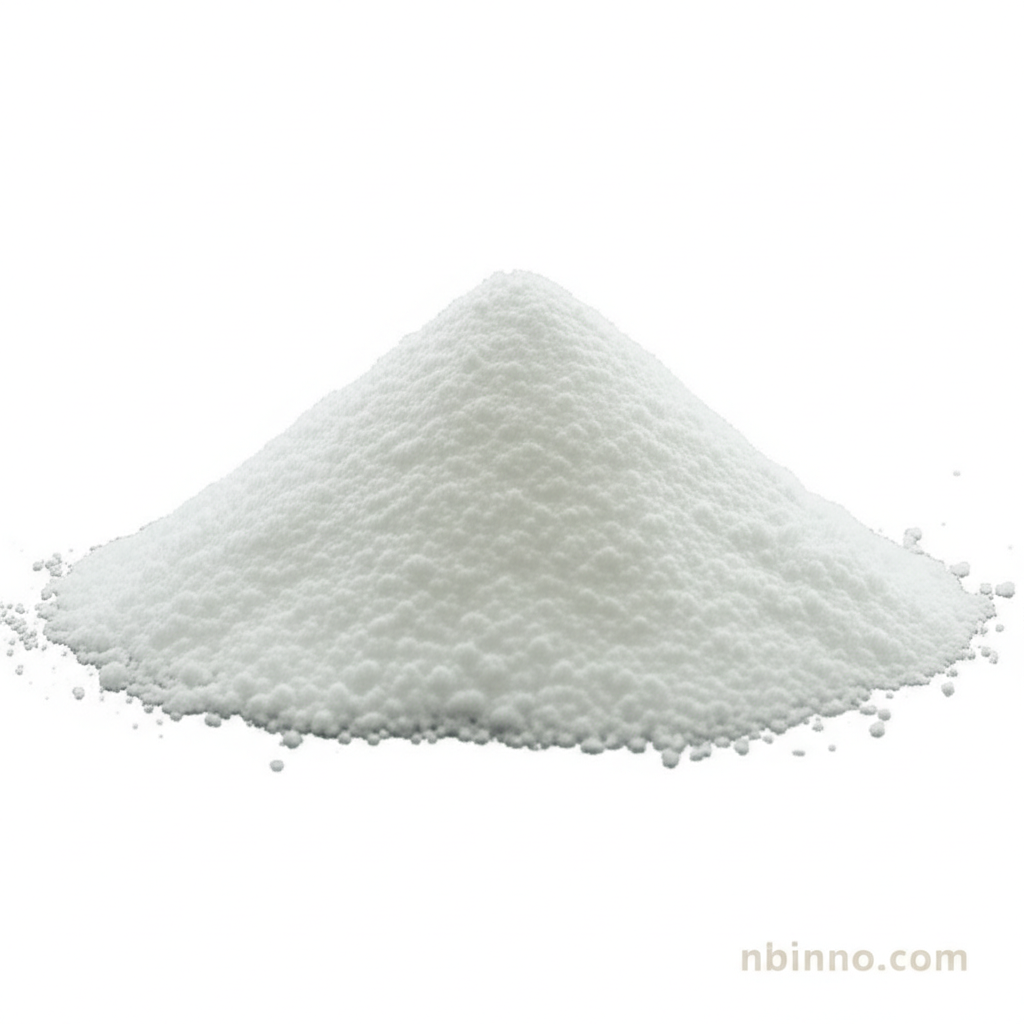3,5-Dichlorobenzoic Acid: Synthesis, Properties, and Applications
Explore the versatility of this crucial intermediate in pesticide and pharmaceutical synthesis.
Get a Quote & SampleProduct Core Value

3,5-Dichlorobenzoic Acid
3,5-Dichlorobenzoic Acid is a valuable chemical compound extensively used as an intermediate in the synthesis of various active pharmaceutical ingredients (APIs) and in the agricultural sector for developing pesticides. Its chemical structure, featuring two chlorine atoms on a benzoic acid core, imparts unique reactivity that makes it a sought-after building block in complex organic synthesis.
- Explore the synthesis of 3,5-Dichlorobenzoic Acid to understand its efficient production methods.
- Discover the key properties of 3,5-Dichlorobenzoic Acid that make it suitable for demanding chemical applications.
- Learn about the diverse applications of 3,5-Dichlorobenzoic Acid in both pharmaceutical and pesticide development.
- Leverage this compound as a crucial building block for creating novel molecules in advanced organic synthesis.
Key Advantages
Versatile Chemical Intermediate
As a pesticide intermediate and pharmaceutical intermediate, its dual chlorine substitution provides distinct reaction pathways, enabling the creation of a wide array of derivatives. This versatility is critical for developing targeted agrochemicals and life-saving drugs.
Enhanced Reactivity
The presence of the carboxylic acid group and chlorine atoms on the aromatic ring allows for numerous chemical transformations, including esterification, amidation, and nucleophilic substitutions, making it a flexible component in multi-step syntheses.
Established Production Routes
Multiple well-documented synthesis of 3,5-Dichlorobenzoic Acid methods exist, ensuring reliable and scalable production for industrial demands, supporting consistent supply for manufacturers.
Key Applications
Pesticide Synthesis
Utilized as a precursor in the formulation of herbicides and other agrochemicals, contributing to crop protection and yield enhancement.
Pharmaceutical Intermediates
Serves as a vital building block for synthesizing various APIs, particularly those with potential antimicrobial, anti-inflammatory, or other therapeutic activities.
Organic Synthesis
A fundamental component in various organic synthesis processes, enabling the creation of complex organic molecules for research and industrial applications.
Material Science
Potential use in the development of specialized materials due to its unique chemical structure and properties.
